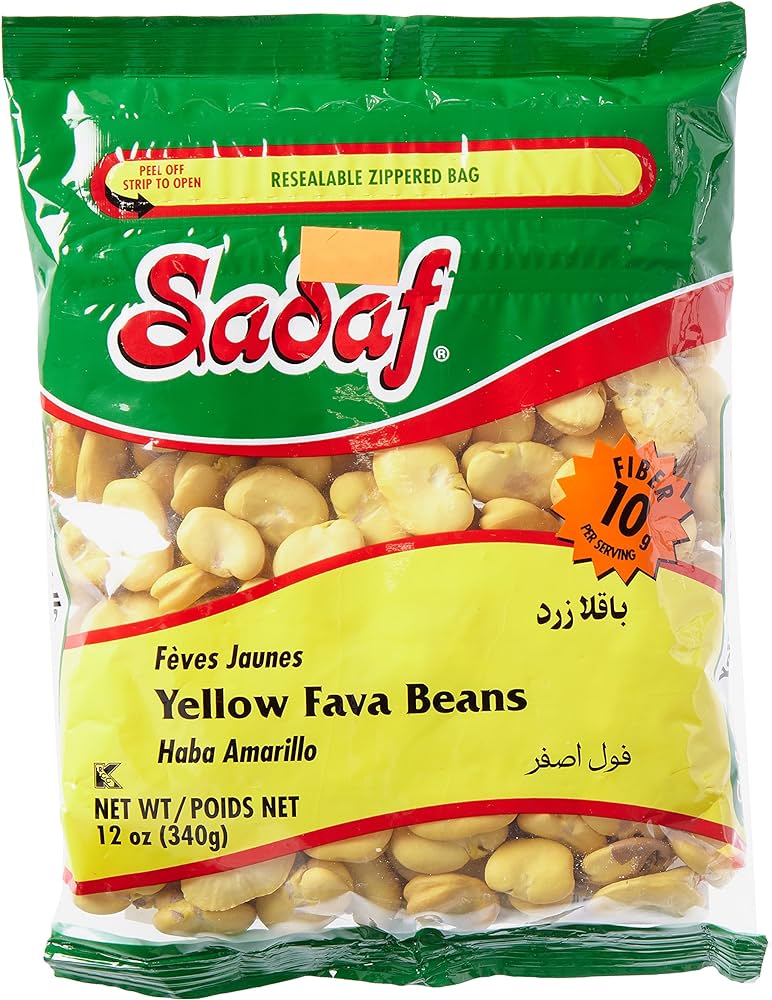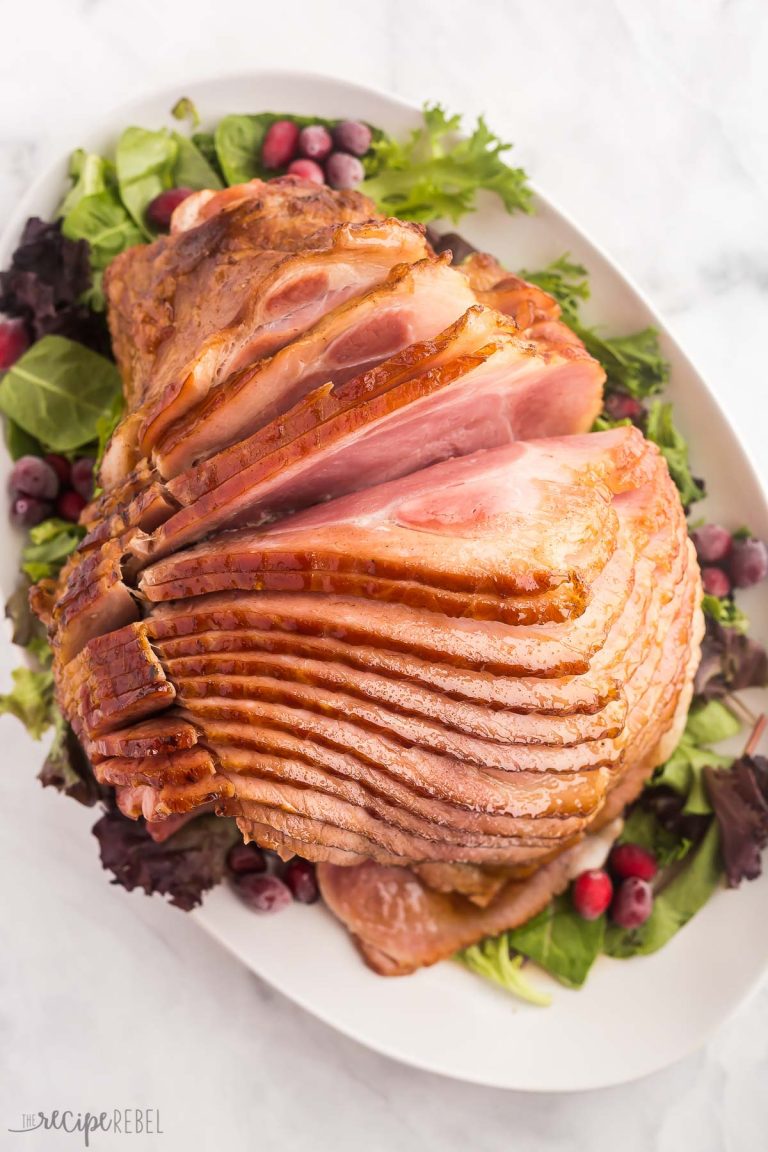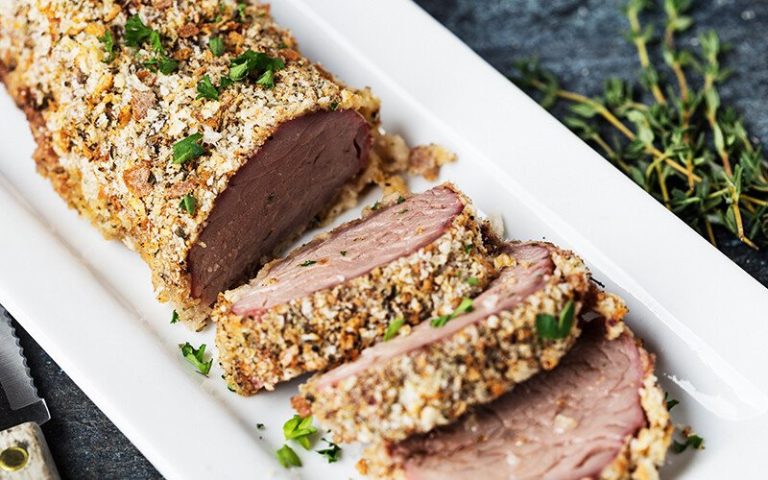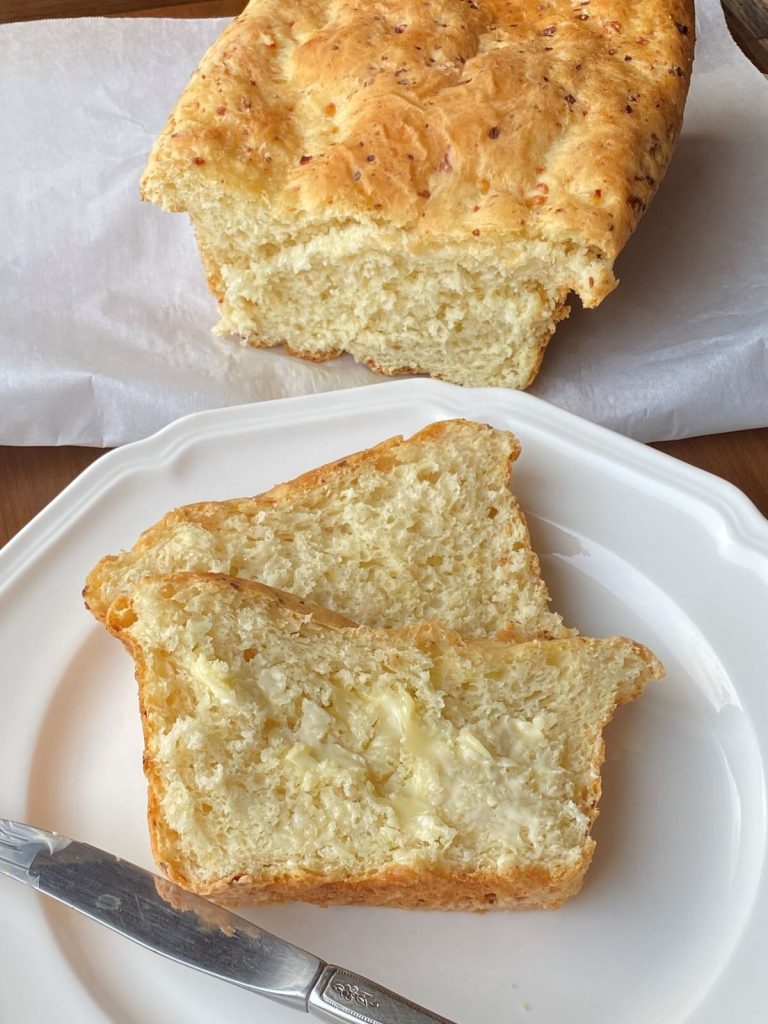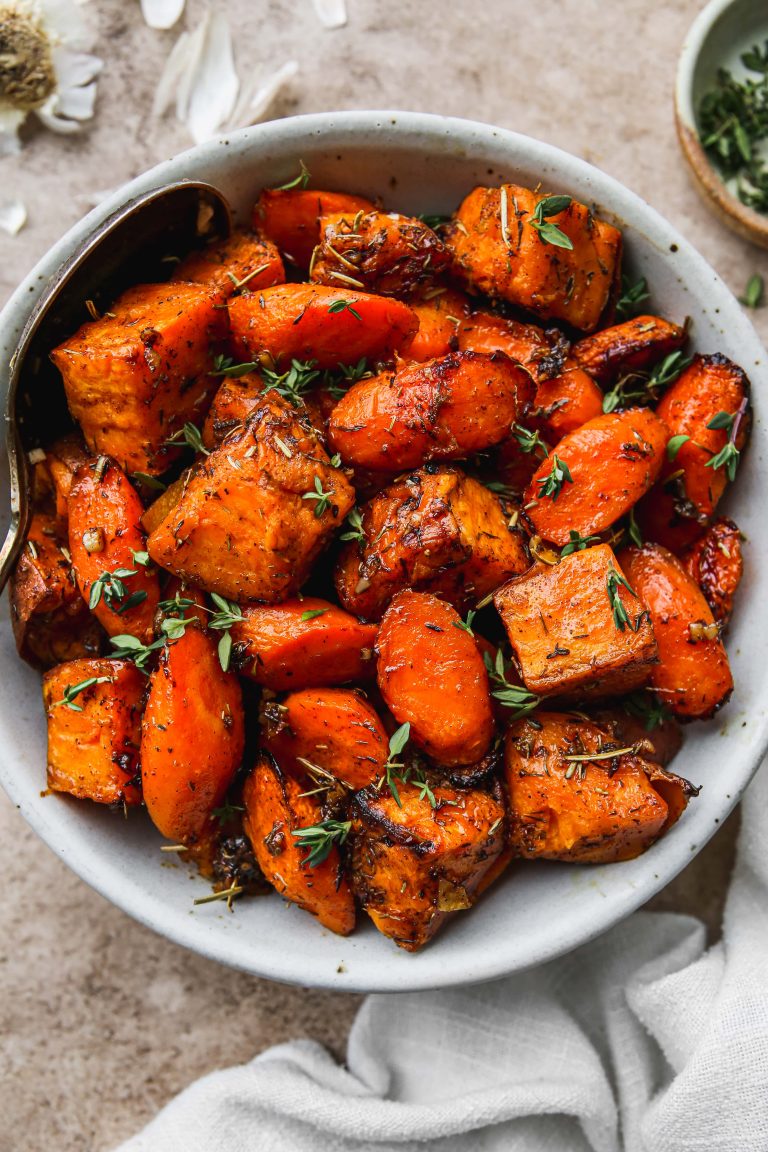Fava Beans: Unlock the Nutritional Power and Culinary Versatility
Fava beans date back thousands of years, with origins in the Mediterranean region. Archeological evidence shows that people in Neolithic Israel cultivated fava beans around 6,500 BCE. Ancient Egyptians, Greeks, and Romans also grew and consumed fava beans extensively. The Egyptian priests revered these beans, considering them sacred and often using them in ceremonies. During the Roman Empire, fava beans were a staple, providing essential nutrients for soldiers and peasants alike. Ancient texts from Greece and Rome frequently reference fava beans in relation to both diet and medicine.
Fava Beans in Cultural Traditions
Throughout history, fava beans have played crucial roles in various cultural traditions. In Italy, fava beans form an integral part of celebrations like St. Joseph’s Day, where they are eaten to commemorate a historic famine. Traditional Sicilian dishes often include fava beans, linking the present to the past. Other cultures also value these beans for symbolic and practical reasons. In Portugal, fava beans symbolize luck and prosperity; families often place them in pockets for good fortune.
In the context of earlier references to their health benefits and culinary applications, understanding the historical significance of fava beans provides a deeper appreciation of their enduring relevance. Consider incorporating fava beans into your diet, honoring their rich cultural history and nutritional value.
Nutritional Profile of Fava Beans
Key Vitamins and Minerals
Fava beans contain essential vitamins and minerals that benefit your health. They’re rich in folate, providing about 40% of the daily recommended intake per 100 grams. Folate aids in DNA synthesis and repair, especially important during pregnancy. Iron, crucial for oxygen transport in the blood, is abundant in fava beans, offering roughly 25% of the daily value per 100 grams. Manganese, supporting bone health and metabolism, is another significant mineral. Fava beans also contain magnesium, aiding muscle and nerve function, and potassium, essential for heart health.
Health Benefits Link to Fava Beans
Consuming fava beans can enhance your overall health. Their high fiber content, around 25 grams per 100 grams, promotes digestive health by preventing constipation and supporting a healthy gut microbiome. The beans’ rich protein content, approximately 26 grams per 100 grams, assists in muscle growth and tissue repair, making them ideal for vegetarians and vegans. Fava beans also contain antioxidants like kaempferol, which has anti-inflammatory properties and may reduce the risk of chronic diseases. Moreover, the iron and folate in fava beans combat anemia, particularly important for women and individuals with iron deficiency.
Culinary Uses of Fava Beans
Traditional Recipes
Fava beans have been part of Mediterranean cuisine for thousands of years. In Italy, they feature in dishes like “Fave e Cicoria,” mixing sautéed fava beans and bitter chicory. Adding cured meats like pancetta enhances their earthy flavor. In Egypt, “Ful Medames” is a popular breakfast dish, combining fava beans, olive oil, and spices like cumin. Serving it with bread and eggs creates a hearty meal. In Greece, “Koukia” uses fava beans in stews flavored with herbs and lemon, providing a refreshing taste.
Innovative Culinary Techniques
Chefs today explore new ways to use fava beans. Pureeing them into fava bean hummus offers a twist on the classic chickpea version. Their smooth texture makes a rich base for dips. Roasting fava beans with spices creates a crispy snack, adding a modern touch. Incorporating fava beans in gluten-free baking provides a protein boost and moist texture. Using them in salads adds a vibrant color and enhances the nutritional value.
Agricultural Aspects of Fava Beans
Growing Conditions
Fava beans thrive in cool-season climates. Plant them in early spring or fall for optimal growth. Ensure soil has good drainage and a pH between 6.0 and 6.8. Fava beans need full sun, although they tolerate partial shade. Space plants 6 inches apart and rows 18-24 inches apart. These conditions promote healthy, robust growth.
Harvesting and Storage Practices
Harvest fava beans when pods are firm and green, typically 75-90 days after planting. For fresh consumption, pick pods before seeds fully harden. If drying seeds, wait until pods turn brown. Store fresh beans in a cool, dry place to extend shelf life. Dried beans should be stored in an airtight container in a cool, dark location. These practices ensure beans maintain quality and nutritional value.
Environmental Impact of Cultivating Fava Beans
Sustainability Factors
Growing fava beans offers several sustainability advantages. These beans enrich the soil with nitrogen because of their symbiotic relationship with nitrogen-fixing bacteria. This reduces the need for synthetic fertilizers, which lowers greenhouse gas emissions and minimizes soil degradation. Fava beans also require less water compared to other crops such as corn and soybeans. Their deep-root system improves soil structure, reduces erosion, and enhances water retention, making them a viable option in areas susceptible to drought.
Impact on Biodiversity
Fava bean cultivation supports biodiversity. Introducing these beans into crop rotations disrupts pest and disease cycles, decreasing the reliance on chemical pesticides. Fava beans also attract various pollinators like bees, which contribute to the overall health of the ecosystem. Additionally, their presence in the field promotes a habitat for beneficial insects and soil organisms, further enhancing ecological balance. Integrating fava beans into agricultural systems fosters a more resilient environment by promoting diverse plant and animal life.
Conclusion
Exploring fava beans opens up a world of nutritional benefits and culinary possibilities. Their rich history and cultural significance add depth to their appeal, while their versatility in recipes from around the globe makes them a valuable addition to your kitchen. Beyond their flavor and health benefits, fava beans contribute positively to the environment by enhancing soil health and supporting biodiversity. By incorporating fava beans into your diet and gardening practices, you’re not only nourishing yourself but also promoting sustainable agriculture. Dive into the world of fava beans and discover their unique advantages today.
